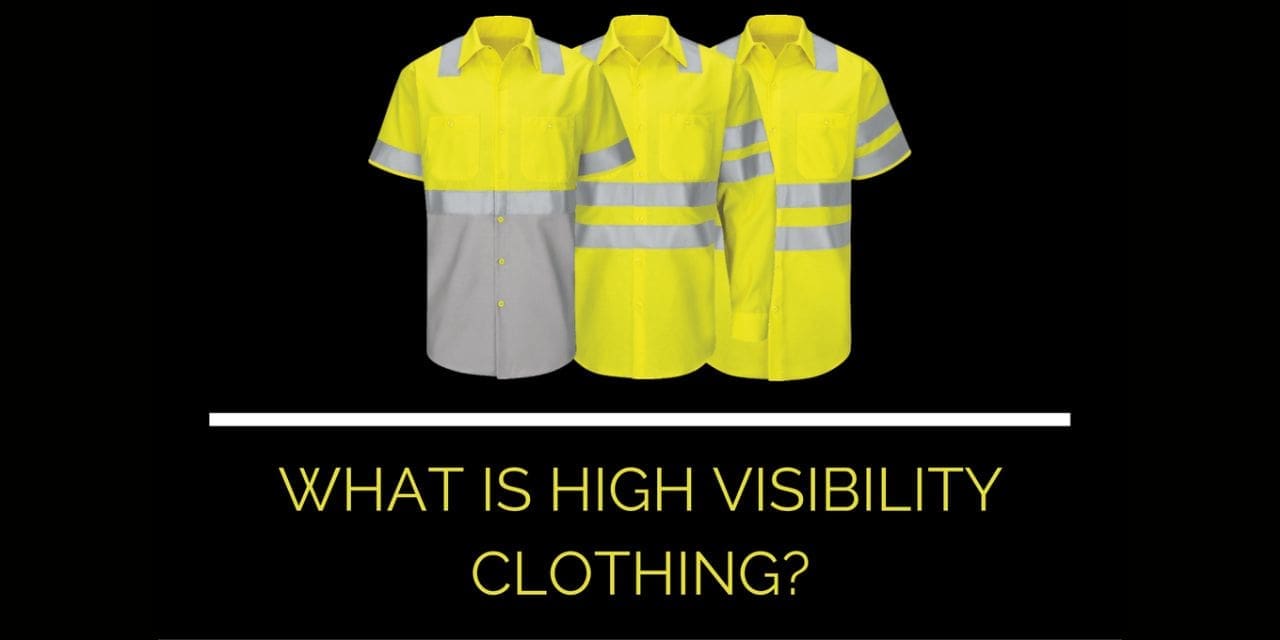High visibility clothing is not just about safety, it is a crucial element in various industries where worker visibility is paramount. From construction sites to road maintenance crews, the demand for high visibility apparel continues to rise globally. Our insights delve into the market dynamics, displaying how advancements in material technology and design innovation are shaping this essential sector.
The worldwide market for high visibility clothing reaches USD 1.7 billion in 2024 and is projected to exceed USD 3.2 billion by 2034. The sector is anticipated to grow at a steady 6.4% compound annual growth rate (CAGR) during this period. Factors such as governmental regulations, workplace safety concerns, and the impact of industrialization and urbanization are pivotal in shaping the market’s expansion.
Key Industry Highlights
Increased Safety Adoption: Industries are prioritizing worker safety with high visibility apparel like vests and jackets, integrating advanced materials for enhanced durability and reflective properties.
Government Regulations: Stringent safety mandates globally require high visibility clothing in construction and high-risk environments, shaping product development and market dynamics.
Technology Integration: Wearable technology advancements in reflective materials are expanding applications in traffic management and patrolling, boosting demand for customizable safety apparel.
Sports and Events: High visibility clothing is essential for security personnel in large events and sports venues, ensuring visibility and safety beyond industrial settings. Market Concentration
Market Concentration
· In the high visibility clothing market, Tier 1 companies lead with approximately 50% global market share. Notable players like 3M Company, Honeywell International Inc., Ansell Limited, and Lakeland Industries, Inc. drive innovation through advanced technology, premium branding, and robust marketing efforts.
· Tier 2 companies account for around 35% of the market share and include players such as Westchester and G-Tek. These companies focus on offering cost-effective yet high-quality options, expanding their product portfolios to meet diverse market needs.
· Tier 3 companies, comprising about 15% of the market share, feature emerging and smaller firms like Radians Inc. and National Safety Apparel Inc. These companies prioritize innovation, specializing in compact designs and advanced features such as reflective materials and adjustable fits to cater to various industry requirements.
Country-wise Insights
South Korea: Rapid Growth in Logistics and Transportation
South Korea anticipates substantial growth in the high visibility clothing market with a robust CAGR of 9% from 2024 to 2034. The country’s industrialization drive has led to increased adoption of technologies like LED lights and sensors to enhance visibility in low-light environments. Manufacturers are also focusing on sustainability by using eco-friendly materials and production processes. Industries benefiting from this trend include healthcare, logistics, transportation, and recreational activities.
United Kingdom: Infrastructure Development Boosts Demand
The United Kingdom projects a promising CAGR of 7.7% through 2034, driven by the burgeoning infrastructure sector and rising security concerns. Strict regulations mandate the use of various safety wear types, such as O, R, and P classifications, for traffic police and construction workers. Easy accessibility through e-commerce platforms further supports market growth, with initiatives by associations like the International Safety Equipment Association promoting adoption among industrial workers.
United States: Leadership in Safety Standards
The United States leads in industrial safety standards, fostering a robust market with a projected CAGR of 6.8% through 2034. Stringent government regulations and increasing awareness among businesses and the general population drive demand for high visibility clothing. Collaborations between major companies, such as Gap’s partnership with Amazon Fashion, underscore the market’s momentum in catering to safety norms and expanding product accessibility.
Competition Outlook:
The high visibility clothing market is witnessing significant innovation among players, driven by the integration of technology and strategic collaborations with online platforms to broaden their market reach.
Industry Update:
· In March 2024, F.A.S.T. introduced a new line of women’s high-visibility safety clothing tailored for better fit and comfort, addressing industry demands.
· In February 2024, Tulsa enforced a city ordinance requiring street solicitors to wear high-visibility apparel for enhanced safety, ensuring visibility from a minimum distance of 1,000 feet.
Data-driven Validation:
Based on thorough research by Sudip Saha, Principal Consultant at Future Market Insights, our insights offer actionable data-driven conclusions from extensive industry analysis.

